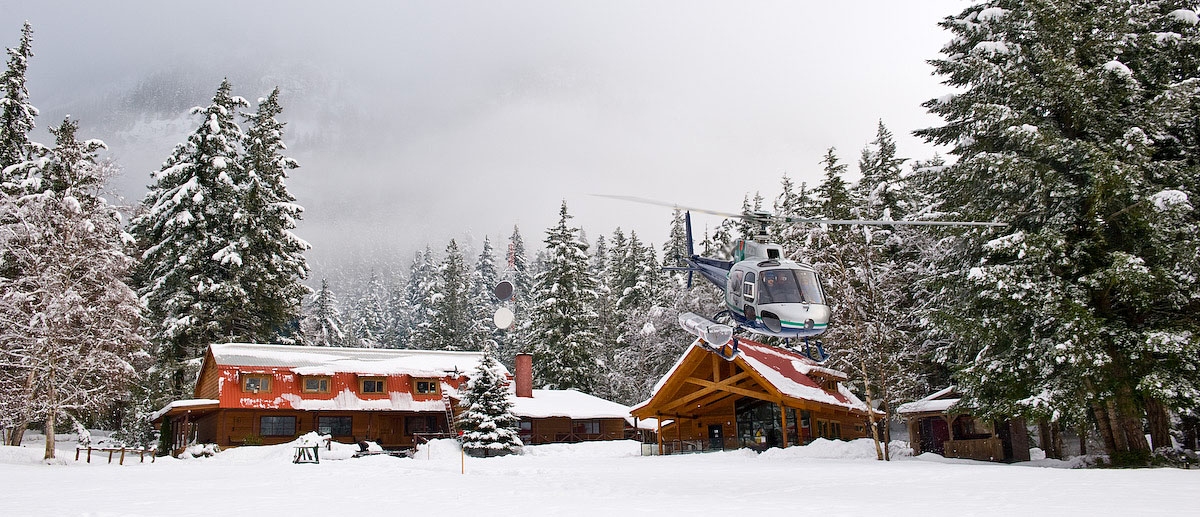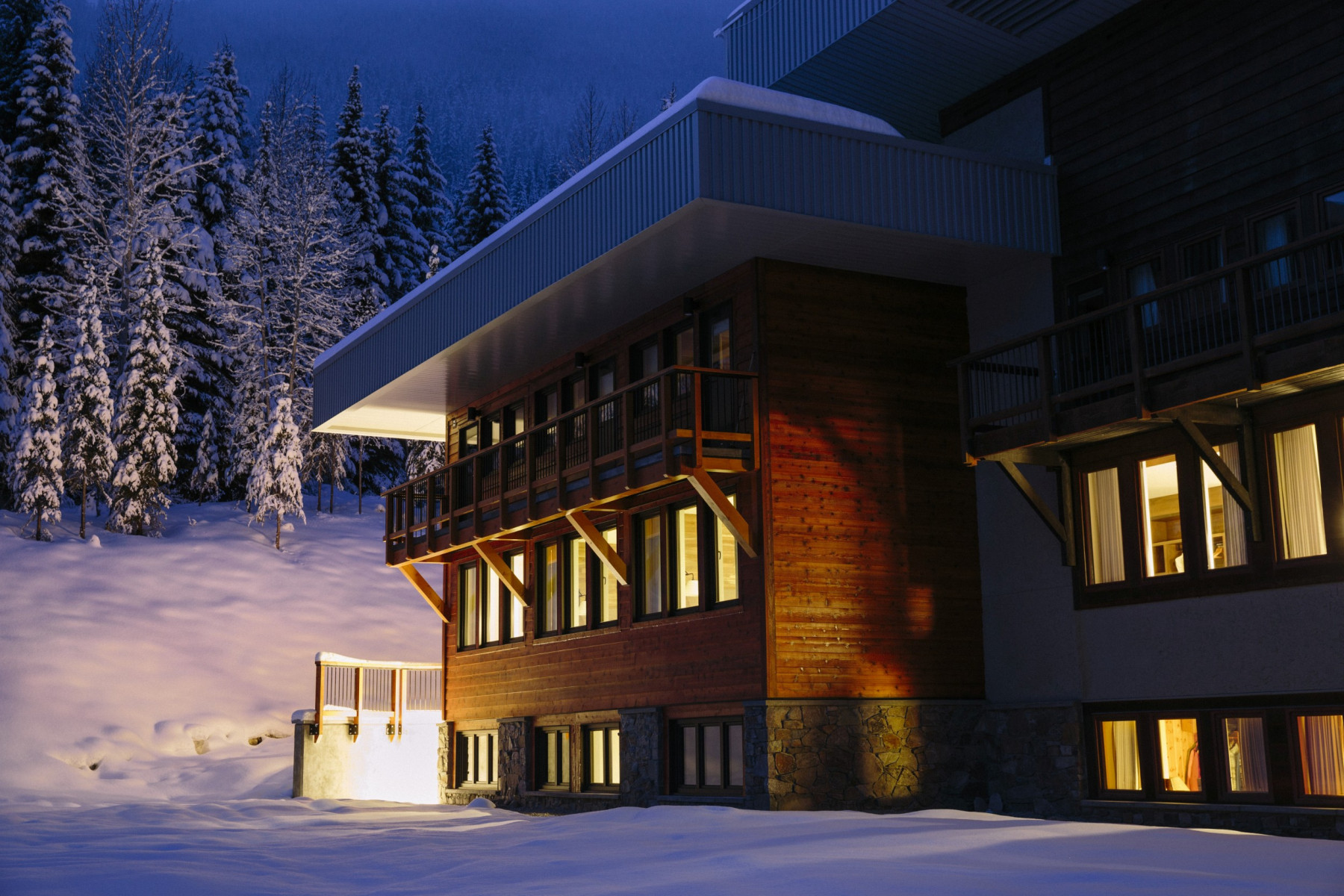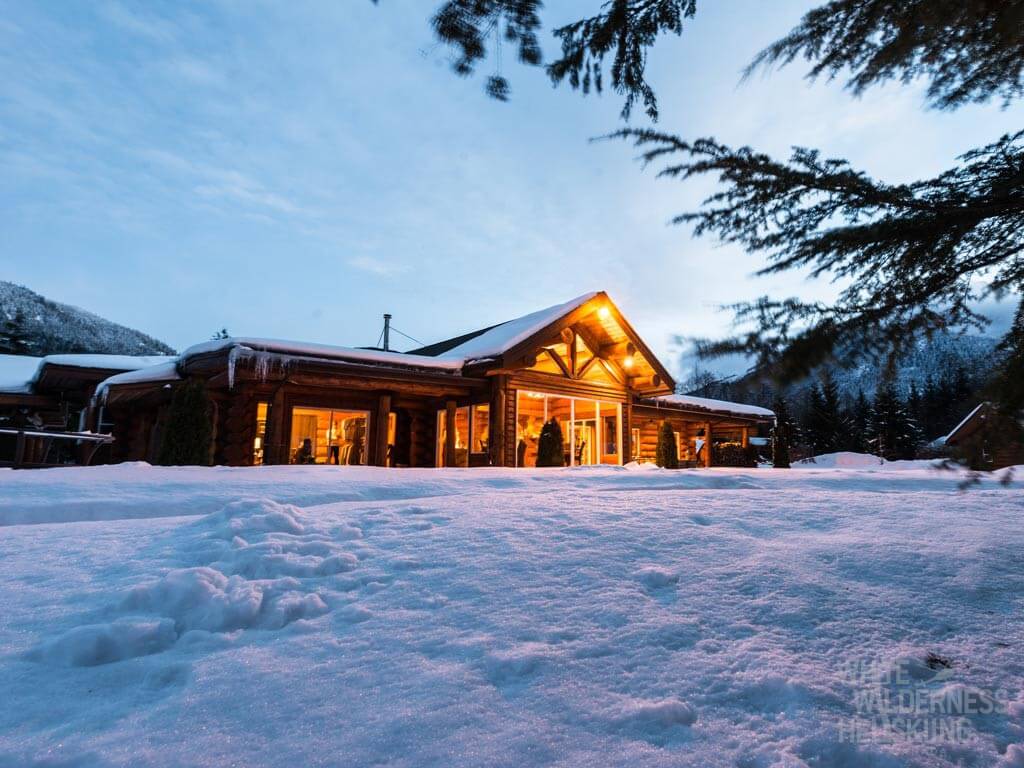Erich Unterberger is Guides Manager for all areas of Canadian Mountain Holidays (CMH). If you want to get a job with the largest heliskiing company in the world, you have to get past the Austrian-born guide from Leogang.
Erich, you've been a heliski guide for 30 years. Do you still have any dream destinations that you can explore on skis?
Oh yes, although my job doesn't allow me to do that at the moment. When I have a bit more time, I'd like to go to Asia again. Kamchatka sounds pretty good. Alaska wouldn't be bad either. But you have to be satisfied with what you have around you. And take a look around our CMH lodges in BC - that's fantastic!
Where have you guided guests?
My career started 30 years ago in the Gothics. I then spent a year in Galena, after which I managed the Adamants Lodge for 20 years. In the meantime, I've worked in all CMH lodge areas. I always love being in Bobbie Burns or Bugaboos, where it all started. Cariboos has so much character. And there are great forest runs in the Monashees.
You have been the manager for the heliski mountain guides in all CMH areas for many years now. With all your experience, what do you think makes the perfect guide today?
Candidates must have a passion for the guests. I immediately notice when guides really enjoy showing other people the mountains. They become mountain guides because they love being in the mountains and skiing. If you have both, you're in the right profession.
What is more important: training or experience?
Both. You should already know the terrain very well and have enough experience. That's why we keep integrating new guides into our teams, so that we still have experienced people in 20 years' time.
What can today's younger guides learn from the pioneers?
Every year we hold a training course over several days where all the guides come together. There are people there who have been working as mountain guides for 40 or 50 years. Of course, this also allows the young guides to ask questions - which they really appreciate. It really helps them in their development.
Has the nature of guiding changed compared to the past?
We used to work through the whole winter. That's no longer possible today because the guides are entitled to their families. That's why we now have a system where you work for two weeks and have one week off. This keeps the guides fresh for the whole season. We are also more open in our dialog with other heliski operators or ski resorts. We exchange snow data and get more information so that we can hopefully make better decisions - a lot has changed.




Heliskiing in Champage powder is undoubtedly an **once-in-a-lifetime** adventure. Although **once-in-a-lifetime** is not quite right. Anyone who has experienced it once will want to do it again and again. There is an acute risk of addiction!
What decisions do you mean exactly?
For example, whether a descent can be skied or not. A lot of work goes into that.
What does such a process look like?
It starts at the morning meeting. The guides meet very early and discuss the weather situation. They also observe the development and changes from the previous day. We then draw up a risk analysis and a departure list. In this list, the descents are marked as red, yellow or green. Red runs are skipped on this day, green runs can be skied. In the case of yellow and even green runs, there is still a discussion as to whether to avoid one or other section after all, or to ride against expectations. The overriding motto is always: safety first. All these preliminary discussions are extremely intensive, everyone is always busy and you have to be very fresh to take everything in. Important: The decision must be unanimous, otherwise the descent is omitted!
Who makes the final decision on where to ride?
The lead guide is responsible for the logistics of the day. Together with the pilot, who was also present at the previous meeting, he decides where to fly. However, the final decision lies with the respective group guide. If he is standing at the top of the slope and says that something is not right, we don't go there.
Is there any such thing as absolute safety in the mountains?
There is no such thing anywhere in life. Our aim is to make heliskiing as safe as humanly possible. That's why we not only analyze incidents, but also every single day when nothing happens. We learn every day.
If I were to decide to become a heliskiing guide at CMH, what requirements would I have to fulfill?
You would need to be an internationally trained mountain and ski guide and also have a ski instructor qualification. We start earlier for Canadian aspirants. They work with us for two years and then take the ski guide exam.
Do I need to have any other qualities that might not be required by other providers?
You definitely need to be a team player. With us, it's always the whole team that decides. The ability to work in a team is an important attribute to be successful as a heliski guide at CMH. It's different for "normal" ski and mountain guides - there are a lot of tasks that they tackle as individuals.
Erich, one final question. With all the pressure, is being a heliskiing guide really a dream job?
I started in 1987 for one season. That was 30 years ago now and I'm still going full steam ahead. Yes, it's definitely a dream job for me!
Strong enough?
Not sure if you're strong enough for heliskiing? Get in touch with us. We're also happy to do a video check-up. We have been heliskiing with thousands of skiers and know all the areas. So we can assess with you where you will have the most fun in the powder!




